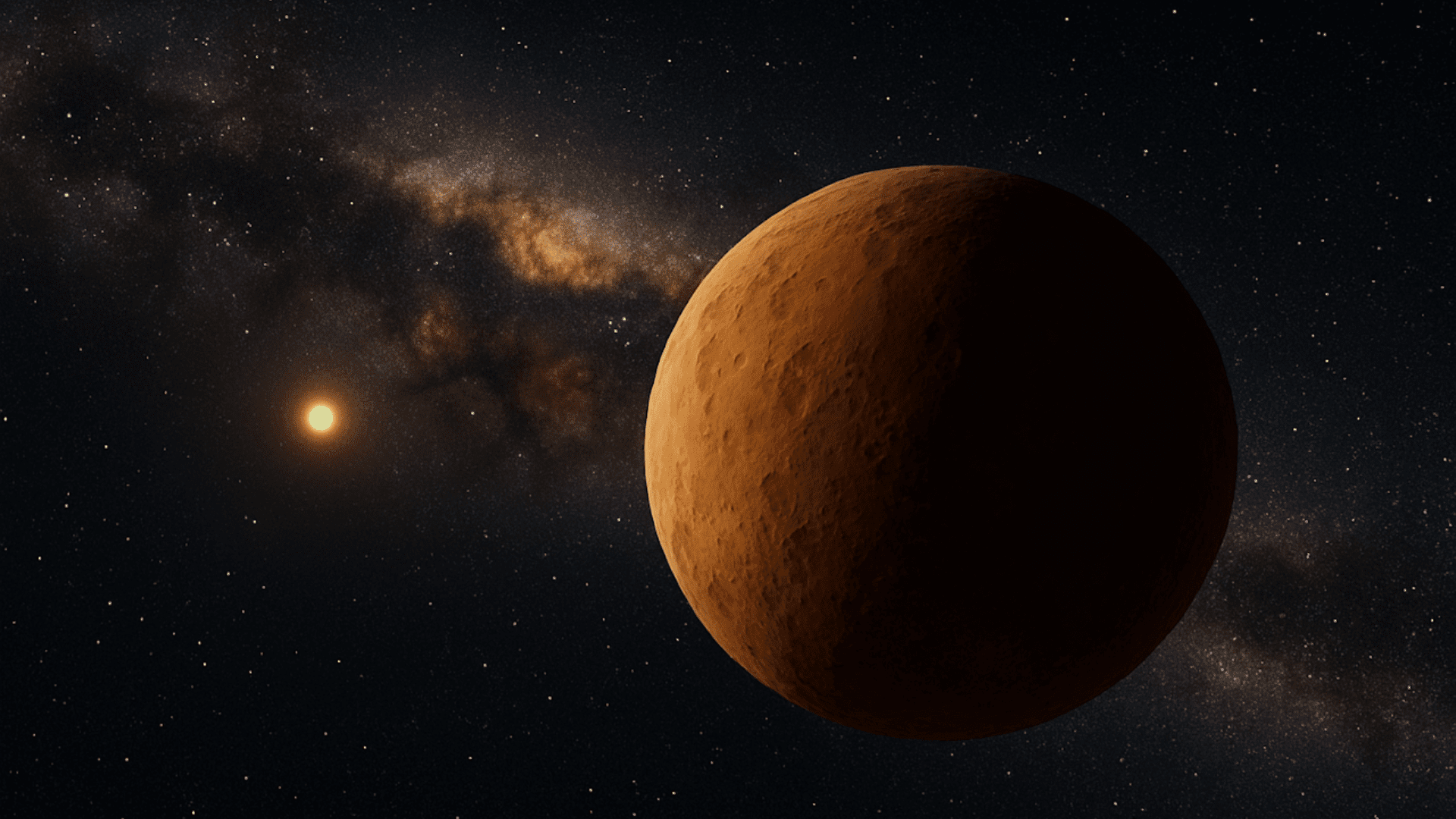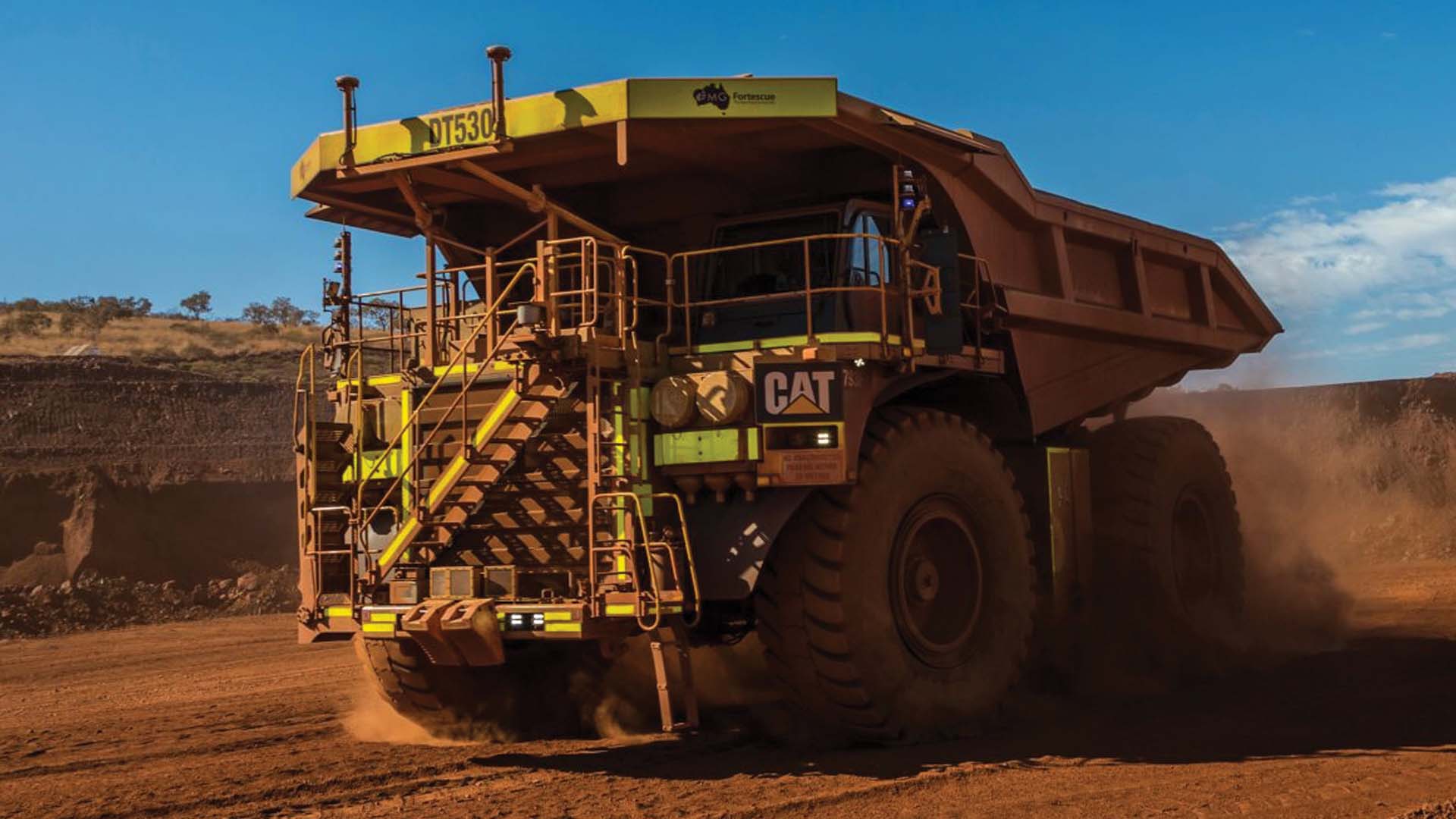A new solar system object or space fossil called 2023 KQ14, nicknamed Ammonite, is forcing astronomers to reconsider the history of our solar system.
What is Ammonite?

Ammonite is considered a sednoid, which makes it an object similar to Sedna, a dwarf planet candidate in the outer solar system. Only the fourth sednoid ever discovered, Ammonite orbits beyond Neptune.
Based on the sunlight it reflects, researchers behind a recent study have estimated that Ammonite is between 137 and 236 miles in diameter. According to Forbes, when it was first discovered, it was approximately 71 au from the Sun, about twice as far as Neptune and Pluto.
Interestingly, however, Ammonite’s orbital path is extremely elliptical. It can move as far as 432 au from the Sun over the 4,000 Earth years it takes to complete one of its orbits.
This discovery challenges the “Planet Nine” theory, which suggests that the six minor bodies in the outer solar system may have been “herded” to the area through the gravitational force of a planet. Ammonite’s existence could change this theory because, though it has a hugely elliptical orbit like the other minor bodies, it’s oriented in the complete opposite direction, breaking the orbital cluster.
“The fact that Ammonite’s current orbit does not align with those of the other three sednoids lowers the likelihood of the Planet Nine hypothesis,” said Dr. Yukun Huang at the Center for Computational Astrophysics (CfCA) of NAOJ, who conducted simulations of Ammonite’s orbit. “It is possible that a planet once existed in the solar system but was later ejected, causing the unusual orbits we see today.”
“Planet Nine” may either exist further out into the solar system than previously believed, or it could have been ejected, and the minor bodies are only governed by its past gravitational influence.
The solar system object is being considered a “fossil” of the early solar system after researchers discovered it was 4.5 billion years old, which is almost as old as the solar system. Using NAOJ’s CfCA PC Cluster supercomputer, researchers determined that Ammonite’s orbit has remained steady during this time.
“Ammonite’s orbit tells us that something sculpted the outer solar system very early on. Whether it was a passing star or a hidden planet, this discovery brings us closer to the truth,” said Dr. Shiang-Yu Wang, the study’s corresponding author and a Research Fellow in ASIAA.







